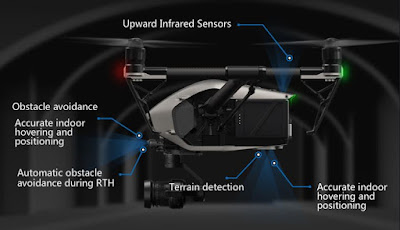
Small Vehicle, Small Sensors The initial criteria for a sense and avoid sensor are going to be physical. A small unmanned aerial vehicle (UAV) weighing less than 55 pounds is not going to have the available cargo allowance to add much weight in sensors and maintain usefulness for its mission. The sensor must provide enough range and accuracy to the UAV to be worth installing but also must be light enough and efficient enough to not cause the UAV to drain its power source at an unacceptable rate. The next criteria deal with the goals of the sensor. Being installed on a small UAS, it can be determined the UAV will not be operational in an airspace which has manned aircraft equipped with cooperative sensors such as ADS-B or TCAS-II. According to the National Aeronautics and Space Administration (NASA), UAVs which operate at these higher altitudes are going to require systems which use cooperative and non-cooperative...

